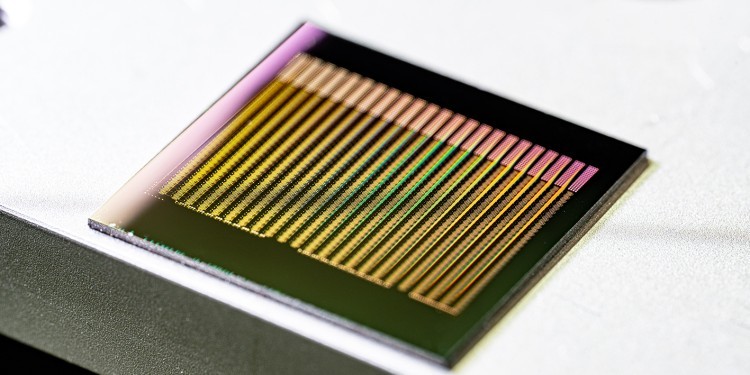German researchers develop an adaptive optical neural network that connects thousands of artificial neurons

An international team of researchers has created a photonic processor that features adaptive neural connectivity. This processor is capable of processing data more efficiently and at a faster pace than traditional digital computers. Constructed from waveguide-coupled phase-change material, this processor comprises almost 8,400 functioning artificial neurons. It can differentiate between German and English texts based on vowel frequency. The German Research Association, the European Commission, and UK Research and Innovation have provided support for this research.
Supercomputer models for complex AI applications are pushing traditional digital computer processes to their limits. New types of computing architecture, which emulate the working principles of biological neural networks, hold the promise of faster, more energy-efficient data processing. A team of researchers has now developed an event-based architecture that uses photonic processors to transport and process data using light. Similar to the brain, this makes it possible to continuously adapt the connections within the neural network, which are the basis for learning processes.
The team of researchers used a network consisting of almost 8,400 optical neurons made of waveguide-coupled phase-change material. They showed that the connection between two neurons can indeed become stronger or weaker (synaptic plasticity) and that new connections can be formed, or existing ones eliminated (structural plasticity). In contrast to other similar studies, the synapses were not hardware elements but were coded as a result of the properties of the optical pulses.
Compared to traditional electronic processors, light-based processors offer a significantly higher bandwidth, making it possible to carry out complex computing tasks with lower energy consumption. The researchers aim to develop an optical computing architecture that will make it possible to compute AI applications in a rapid and energy-efficient way in the long term.
The non-volatile phase-change material can be switched between an amorphous structure and a crystalline structure with a highly ordered atomic lattice. This feature allows permanent data storage even without an energy supply. The researchers tested the performance of the neural network by using an evolutionary algorithm to train it to distinguish between German and English texts based on the number of vowels in the text.
The researchers received financial support from the German Research Association, the European Commission, and "UK Research and Innovation."

 How to resolve AdBlock issue?
How to resolve AdBlock issue?